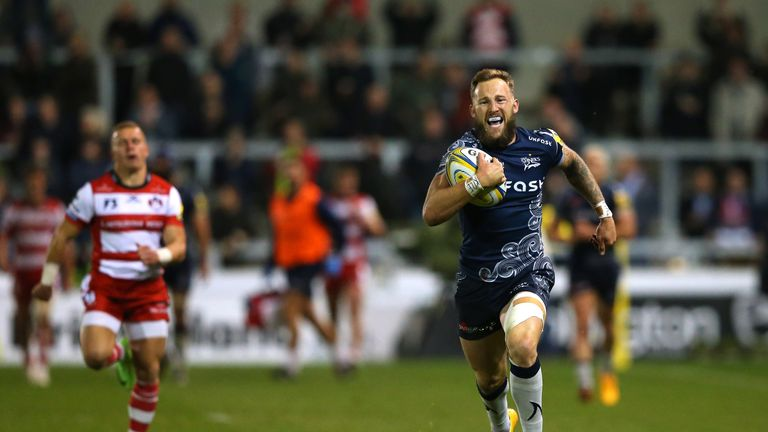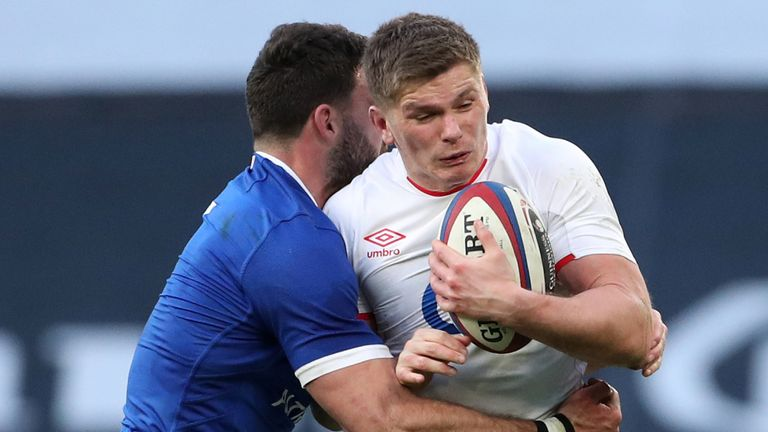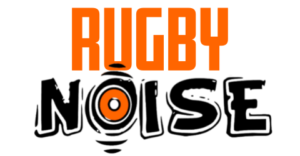Regardless of the sport one prefers, every fan can agree that sports are typically most effective and enjoyable when play continues largely uninterrupted. For this reason, every sport has rules that are put in place to ensure that play continues uninterrupted for as long as is reasonably possible. Rugby is no different. One can even argue that these types of rules are even more important for rugby because of the nature of play which may necessitate multiple restarts at different points of the game. This reality highlights the importance of the advantage rule in rugby.
How does advantage work in rugby union? An advantage in rugby union occurs when one team commits an infraction but the other team retains possession of the ball. Rather than temporarily suspending play and awarding either a penalty or a scrum, a referee may choose to award an advantage to the non-offending team to afford them an opportunity to continue developing a play that may lead to a try. If nothing materializes from the advantage given, the referee then suspends play, takes the ball back to the point the infraction was committed, and awards either a penalty or a scrum.

What Advantage Means
According to Law 7 of the Laws of the Game, the purpose of the advantage law is to ensure that a game is “more continuous” and has “fewer stoppages”. Advantage is granted in instances where calling for a stop in action would be detrimental to the non-offending team’s chances of scoring a try.
Only the referee has the sole discretion of awarding an advantage because he or she is best poised to answer one question – by stopping play to penalize X offense, will I be denying the non-offending team a try-scoring opportunity?
To signal an advantage a referee normally waves his arm forward and calls out “advantage”. The referee then monitors the development of the play until such a time he or she feels that the non-offending team has made the most out of it before calling out “advantage over” to signify that the initial offense that caused it has been canceled. If no advantage is gained by the non-offending team, the play is called back and the initial penalty is given.
Before awarding an advantage, a referee must mostly check to ensure that two conditions are met: the first is that one team has committed a penalizable offense and that the non-offending team ended up with the possession of the ball as a direct result.
If the offending team commits a penalizable offense and still retains possession of the ball, then the only course of action for a referee would be to call for a stoppage as a failure to do so would be essentially giving one team an undue advantage over another. The non-offending team must also show some initiative by picking up the ball and/or attempting to advance forward.
How Teams Use Advantage
An advantage is basically a win-win opportunity for a team. Once awarded, a non-offending team must go for broke because it is the only instance in a match where they are guaranteed that they will retain possession even if they attempt a high-risk play that does not pan out.
Upon being awarded an advantage, most teams normally “throw caution to the wind” and attempt fancy moves like no-look passes, chips, and chases (preferably into the in-goal area), long cutout passes, and cross-field kicks to distort their opponent’s defense and maximize their chances of scoring a try.
A team may also attempt moves like shifting the ball wide which are normally avoided in high-pressure situations since they are almost always guaranteed to result in the advancing team losing the support of some team members and perhaps even more importantly, losing territory (the ground they had gained).
Knowing that being awarded a penalty or a scrum is the only repercussion for failure affords a team the assurance it needs to attempt these otherwise ill-advised stunts, making advantage plays one of if not the most entertaining and action-packed parts of rugby matches alongside the breakdown.
Types of Advantage
There are mainly two types of advantage in rugby: tactical advantage and territorial advantage. The best way to distinguish the two would be to offer an example for each. A tactical advantage may occur in an instance where a non-offending team has grouped a small number of its forwards to one side of the field of play – a side that has more defensive players from the opposing team.
In order to utilize the advantage they are awarded, a player would have to sling the ball out to the other end where they have the necessary numbers to attempt to score a try by utilizing the space left unmanned by their opponents at the center. That would constitute a tactical advantage in as much as it wouldn’t make sense for the referee to reward them with the ball if they failed to execute such a move properly by, say, fumbling the ball.
A territorial advantage is pretty straightforward. It is where an unoffending team that has been awarded the advantage utilizes the opportunity to advance deep into their opponents’ half of the field thereby gaining a substantial territorial advantage. Put differently, the territorial advantage would have worked to shorten the distance they would have to cover to the try line.
When Does Advantage End?
As was previously mentioned, an advantage lasts as long as the referee deems fit. A closer look at the implementation of the rule however reveals that referees tend to vary the duration of the advantage depending on the type of offense warranted its awarding.
In cases where an advantage is awarded to a non-offending team as a result of a knock-on by the opposing team, the advantage typically lasts for a shorter period of time of around a minute or so. Referees tend to allow a team to advance an average of three to four phases before calling out “advantage over”.

On the other hand, referees tend to allow an advantage awarded as a result of a penalty to last much longer. These can last anywhere up to five minutes or even almost indefinitely. The practice appears to be that a referee will often allow an advantage to go on for a longer duration if a play is closer to an offending team’s try line (especially if an infraction occurs within their 22).
There are also instances where a referee may not award an advantage to either team. Such instances include where a ball knocks the referee and ends up in the possession of one team or the other and cases where a player or players from either team are injured in the preceding play.
